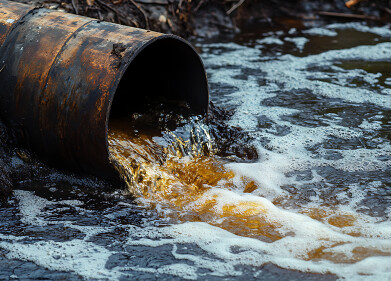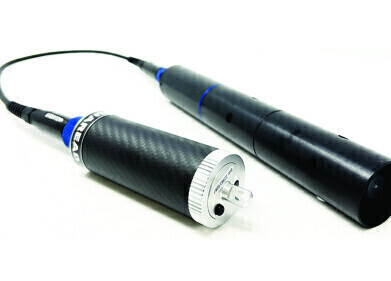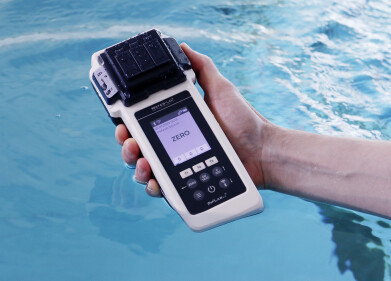Water/Wastewater
The Use of Turbidity Sensors in Catchment Monitoring
May 19 2015
Aquaread (UK) have been developing turbidity sensors for many years for use within their Aquaprobe range. In fact, these sensors were used in a 3.5 year project with Brighton University for the study of turbidity and suspended particulate matter as detailed in the publication titled Suspended sediment regimes in contrasting reference-condition freshwater ecosystems: Implications for water quality guidelines and management. Grove et al, Science of the total environment, Vol 502, 2015. Within this study 10 Aquaprobes were deployed across the UK at various different catchment sites, where they were continuously deployed for 3 years collecting data for comparison with sediment grab samples.
The majority of turbidity data collected at each catchment site was below 100NTU, and this level is common in many field applications. The 20NTU calibration point that’s present in all Aquaprobes facilitates accurate measurements in this low 0-100NTU range. When deployed with the AquaLogger, as used in the above study, you have a very robust and accurate monitoring platform that’s suitable for use in all water types. The Aquaprobe has the added advantage of being flexible; it’s ideal for medium term deployments with the AquaLogger, but can also be used as a portable system with the GPS Aquameter.
Digital Edition
AET 28.4 Oct/Nov 2024
November 2024
Gas Detection - Go from lagging to leading: why investment in gas detection makes sense Air Monitoring - Swirl and vortex meters will aid green hydrogen production - Beyond the Stack: Emi...
View all digital editions
Events
Nov 26 2024 Paris, France
Nov 27 2024 Istanbul, Turkey
H2O Accadueo International Water Exhibition
Nov 27 2024 Bari, Italy
Biogas Convention & Trade Fair 2024
Nov 27 2024 Hanover, Germany
Dec 02 2024 London, UK







.jpg)











